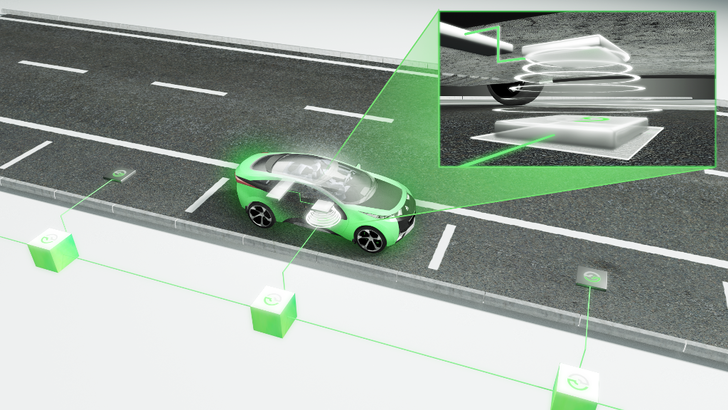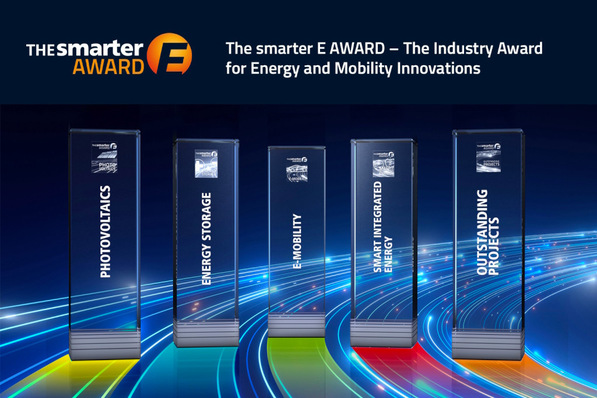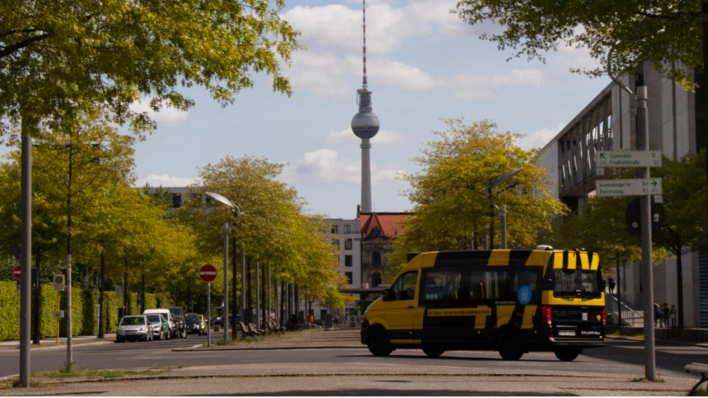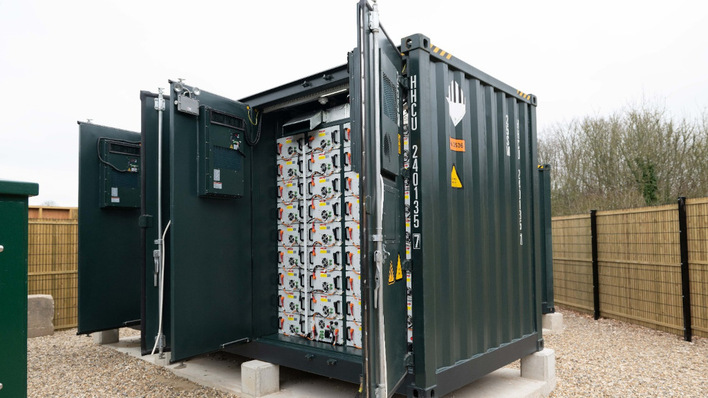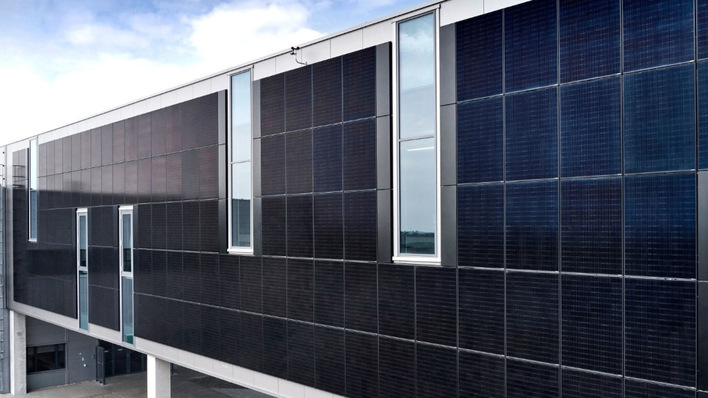In wireless charging, electrical energy is transferred inductively from a magnetic coil in or on the ground to the receiver coil in the electric vehicle. This makes many short but fast charging processes possible - for example in front of shopping centres, in multi-storey car parks, but also at home.
Audi and BMW are ready for this
Car manufacturers such as Audi and BMW are already installing charging coils in new vehicle models. "Stercom is an absolute technology specialist and one of the first to develop really good products for induction charging," says Simon Schandert, Technical Managing Director of Tesvolt. "Our goal is to jointly bring highly efficient charging systems to the market and to enable inductive supercharging up to 200 kilowatts of charging power in the medium term. This would make charging while driving viable in the future."
Charging coil for 44 kilowatts in sight
So far, production-ready wireless charging is only possible with 3.2 kilowatts. "We want to bring an inductive charging station with a charging power of 44 kilowatts onto the market," Daniel Hannemann, commercial director of Tesvolt, holds out the prospect. "That means charging 14 times faster. Stercom's market-ready silicon carbide technology allows for very efficient energy transmission with 95 per cent efficiency - at a distance of up to 20 centimetres between the transmitter and receiver coils. No other supplier on the market has been able to achieve that, so far."
Halving battery size
The charging stations will also include intelligent software that shows the driver the correct parking position above the solenoid coil. "Many small charging processes make large car batteries superfluous, the batteries only need to be around half the size," explains Robert Sterff, CEO of Stercom. "This makes EVs much cheaper and lighter, and thus also more efficient." Short charging processes with high output, however, place higher demands on the car battery. "There is a lot of research going on in Germany into solid-state batteries, which are particularly well suited to this."
Test vehicles charge wirelessly
There are also other challenges connected to inductive charging. For example, the question of how wireless charging can be billed is unresolved. DIN 61980-1 "Contactless energy transfer systems for electric vehicles" is also still under development. "We have already supplied inductive charging technology for international car manufacturers, and the vehicles are being tested worldwide," Sterff reports. Test tracks with magnetic coils under the asphalt already exist in Italy, France and Sweden. BMW predicts nationwide inductive charging as early as 2030 (HS/mfo).
Also interesting:
Installing company honoured for their innovative energy concept


